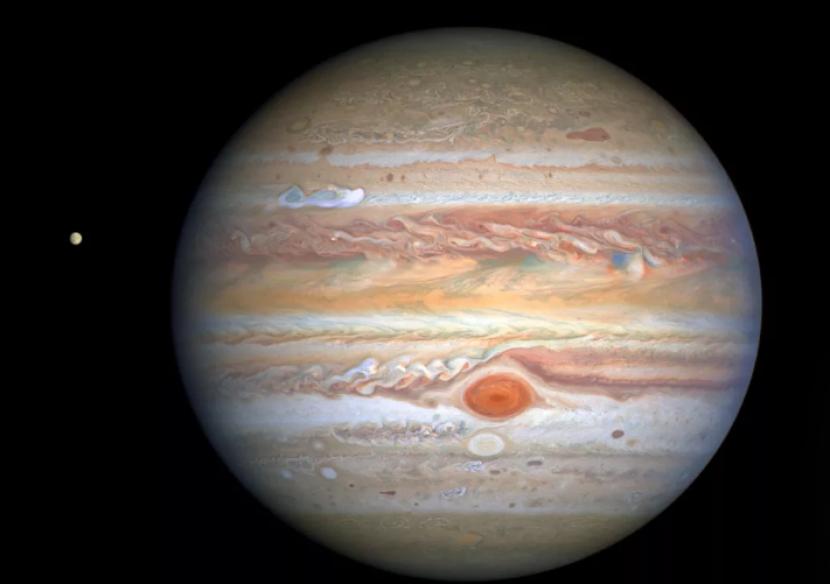Since the spaceship Juno The American Space Agency (NASA) reached Jupiter in July 2016 and began collecting detailed data, the findings of which have changed scientists’ understanding of Jupiter’s formation and evolution.
One of the mission features is the Gravity Science instrument. This feature sends radio signals back and forth between Juno and the Deep Space Network on Earth.
This process measures the gravitational field Jupiter formed, it begins with accreting rocky material. After millions of years, Jupiter became the giant it is today.
However, there are important questions regarding the early period of rocky accretion. Does it add mass to larger rocks like planetesimals? Or does it add material the size of a pebble? Depending on the answer, Jupiter formed on different time scales.
New study published in journal Astronomy and Astrophysics. The lead author is Yamila Miguel, assistant professor of astrophysics at the Leiden Observatory and the Netherlands Institute for Space Research.
–


